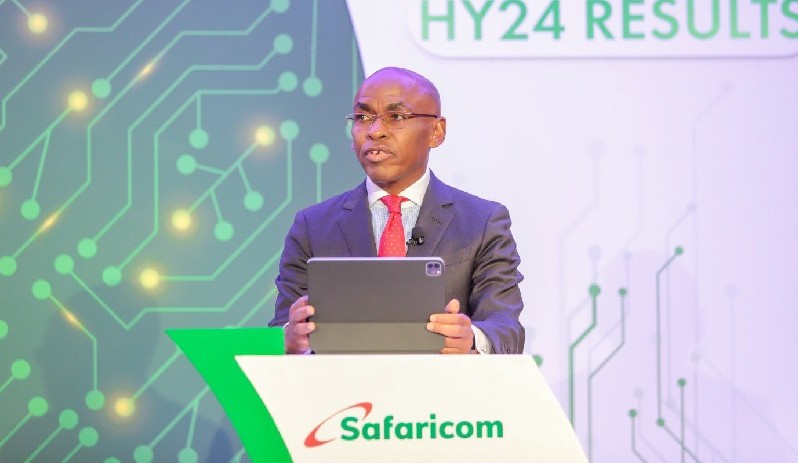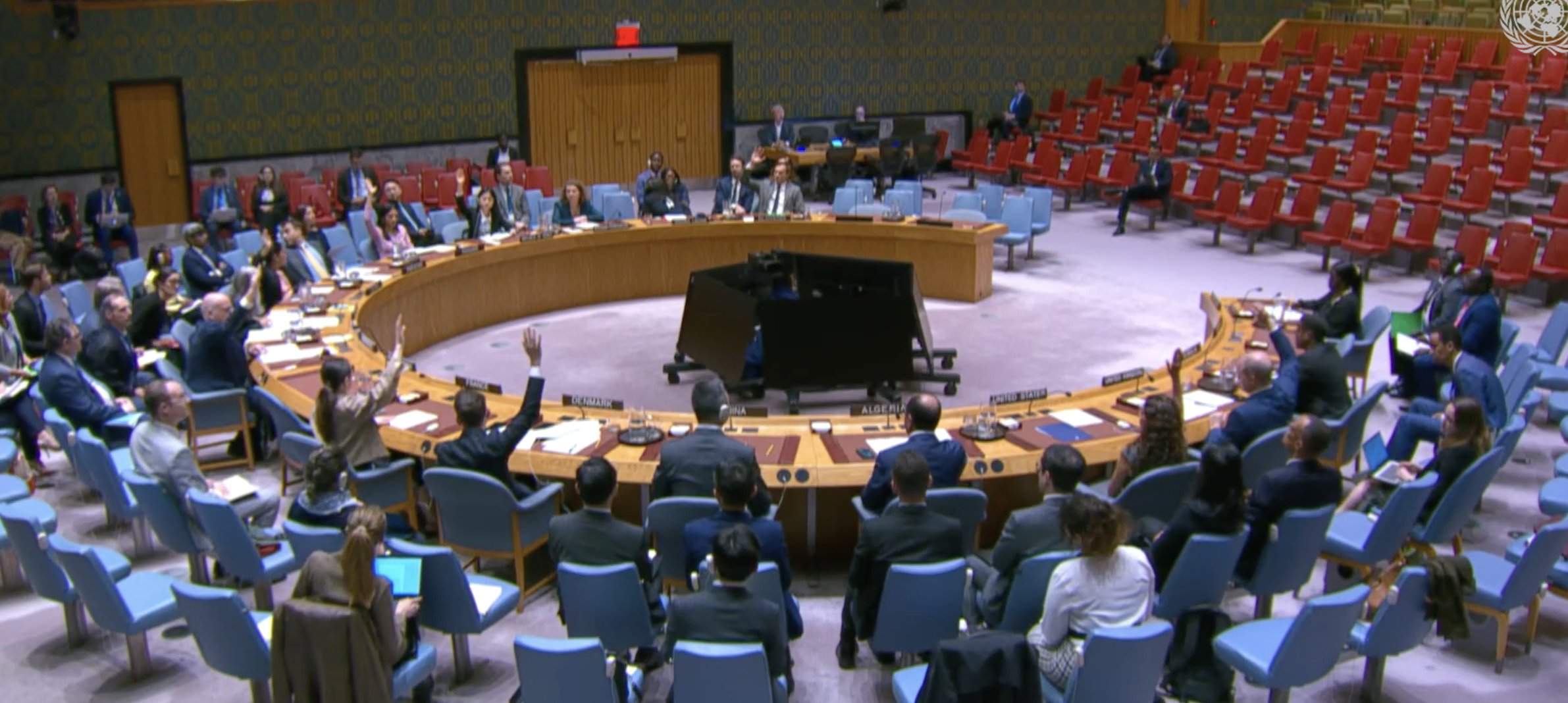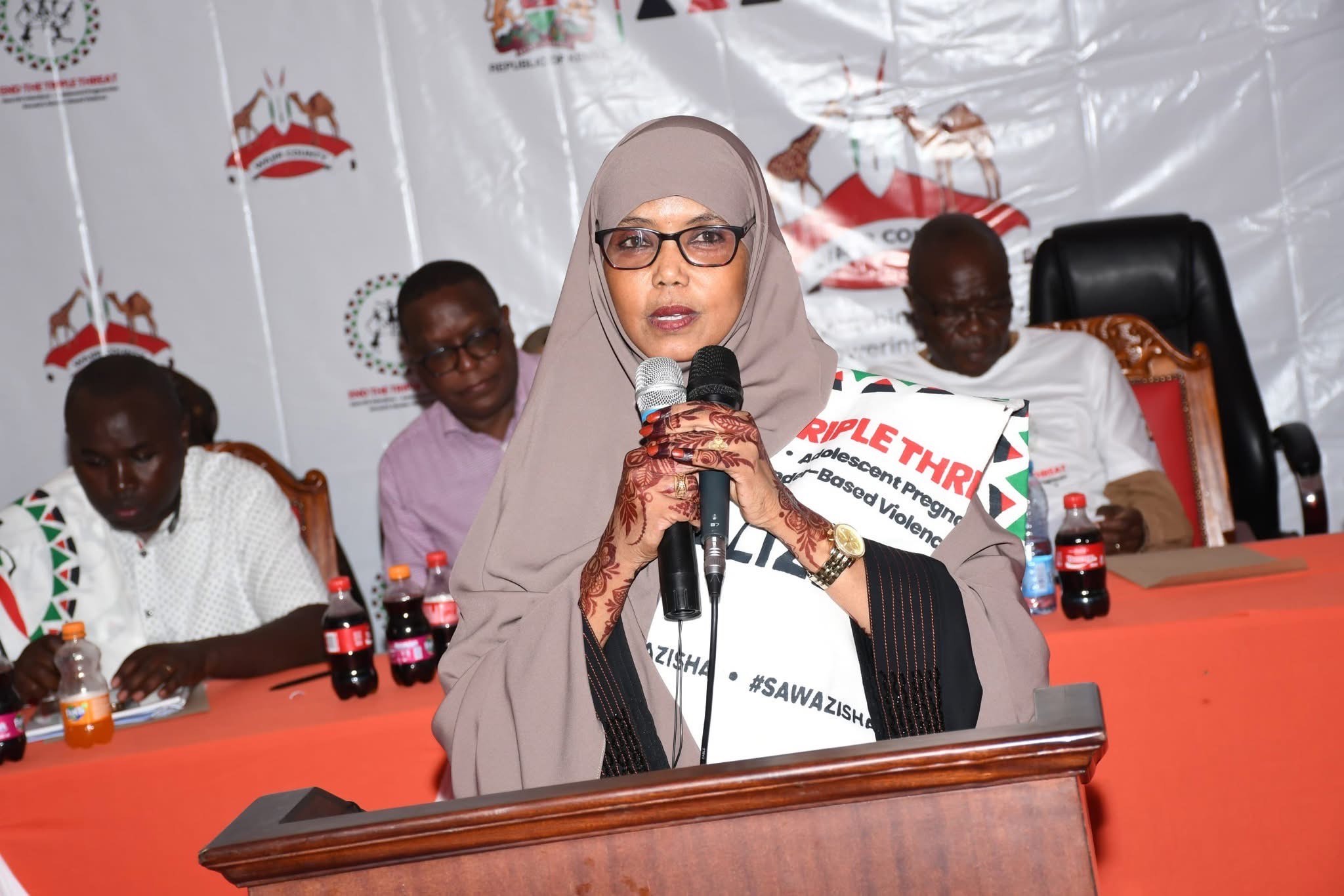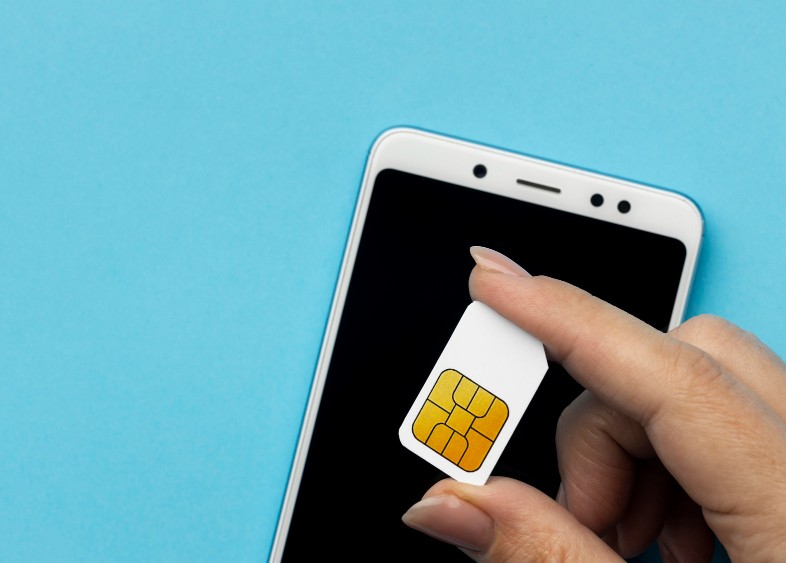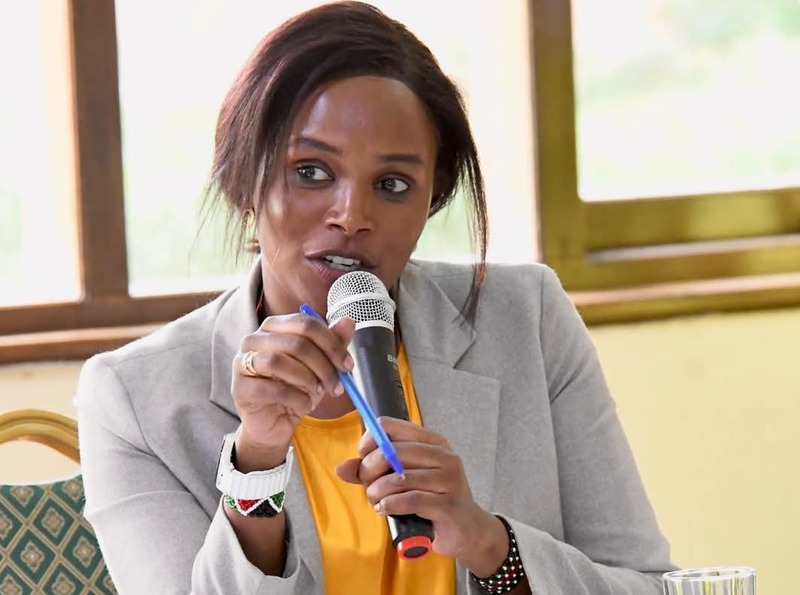Google introduces new minimum requirements for Android phones and tablets

The move means any phone with less than 32GB of internal storage will no longer qualify for Google Mobile Services (GMS), the proprietary bundle of apps that powers most Android experiences.
“I don’t know why my phone keeps hanging.”
If you have ever muttered this in frustration, you are not alone, but Google is finally stepping in to fix the problem.
More To Read
- Users to soon connect on WhatsApp without sharing phone numbers
- WhatsApp launches Chat Media Hub on web to simplify access to shared media
- Why Meta is in trouble in Nigeria and what this means for Facebook, Instagram and WhatsApp users
- Email vs Gmail: Why the difference matters in a digital world
- New Bill proposes metered internet billing and mandatory age verification for online access
- Google Chrome to automatically replace weak passwords in major security upgrade
Cheap and affordable Android phones with just 16GB of storage are on their way out.
Google has officially raised the minimum internal storage required for Android devices. Starting with Android 15, all smartphones and tablets must have at least 32GB of storage to qualify for Google’s certification, which is what allows the devices to ship with core Google apps like YouTube, Gmail and the Play Store.
This change doubles the previous threshold of 16GB, which had been in place since Android 13, and is designed to improve performance and ease of use, especially on budget devices.
The updated rules also require that 75 per cent of a device’s internal storage be dedicated to the data partition, where system files, preinstalled apps, and most importantly all user content like photos, videos and WhatsApp backups are stored.
This will ensure most of a phone’s storage is available for user content, preventing manufacturers from using too much space for system files or non-removable apps.
“Most phones with 16GB struggle after a few months,” says Francis, a phone repair expert at the Apple Service Centre on Kimathi House in Nairobi.
“Customers constantly complain about phones hanging, updates failing, or WhatsApp refusing to install because of lack of space. This new rule from Google is a blessing in disguise.”
Internal storage limit
The move means any phone with less than 32GB of internal storage will no longer qualify for Google Mobile Services (GMS), the proprietary bundle of apps that powers most Android experiences.
While manufacturers are still free to use the Android Open-Source Project (AOSP), a barebones version of the operating system, devices without GMS certification will miss out on essential apps and services, rendering them much less appealing to everyday users.
This decision is part of Google’s broader plan to enhance the experience on low-end phones, which dominate sales in markets like Kenya. Brands such as Itel, Tecno, Infinix and Oppo often release models with 16GB storage and 2GB RAM.
While these phones may look appealing because of their price, they typically become frustratingly slow within a few months of use.
“It’s common for a customer to come in with a phone that can’t even take a photo or open WhatsApp because the storage is full. And this is just months after buying it,” Francis says.
“Now that Google has raised the bar, we expect manufacturers to adjust and maybe push for phones with better performance, even in the budget range.”
Francis advised Kenyans to take advantage of sales and be more mindful when choosing a phone.
“There are good promotions during Tech Week, Black Friday or even end-month offers. Some stores offer trade-in deals too, where you can return your old device for a discount. But always check the operating system version, you don’t want to buy a phone that’s already outdated.”
“It’s time we moved away from 16GB phones,” Francis says.
“They’re cheap at first, but they cost you peace of mind later. Better to spend a little more and get a device that will serve you well.”
Top Stories Today


